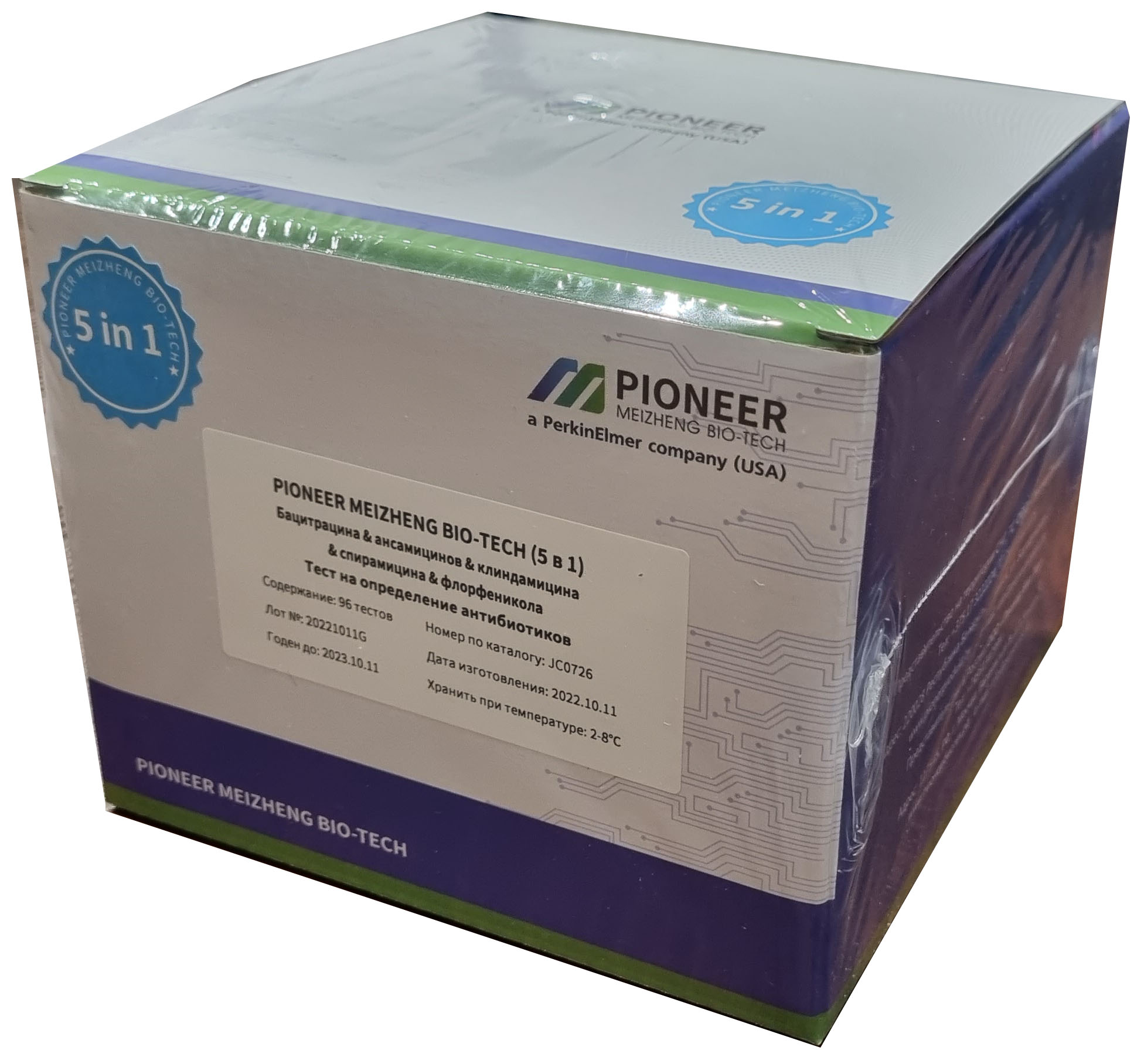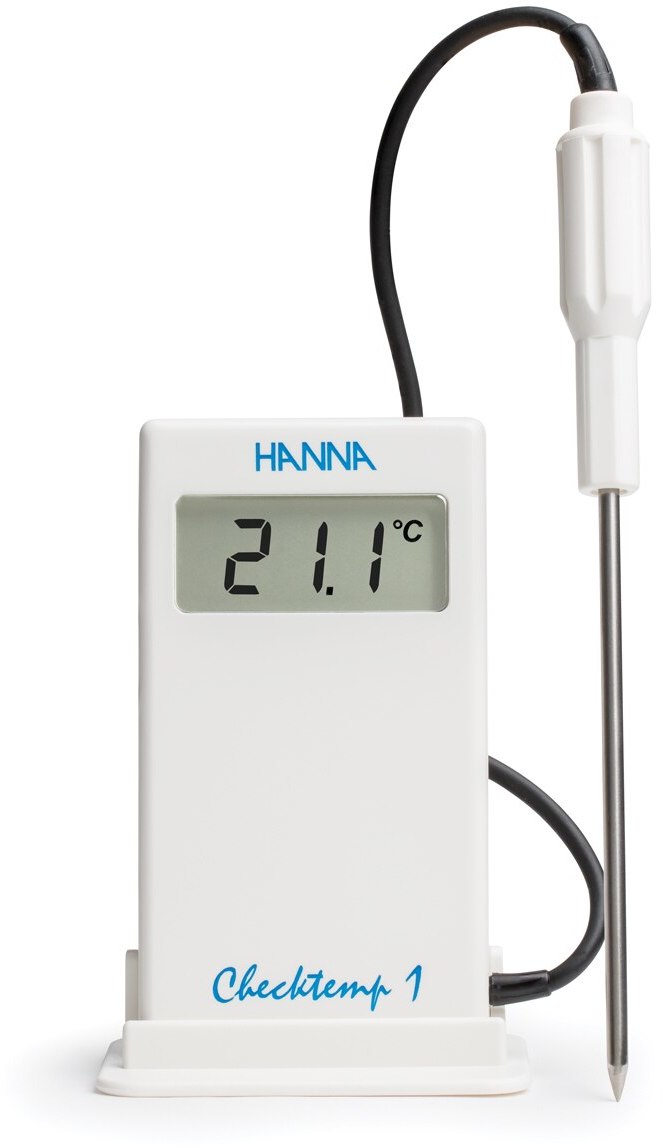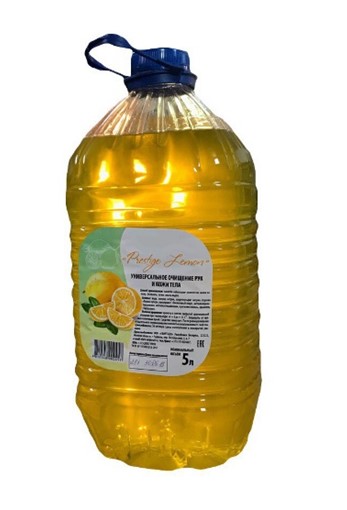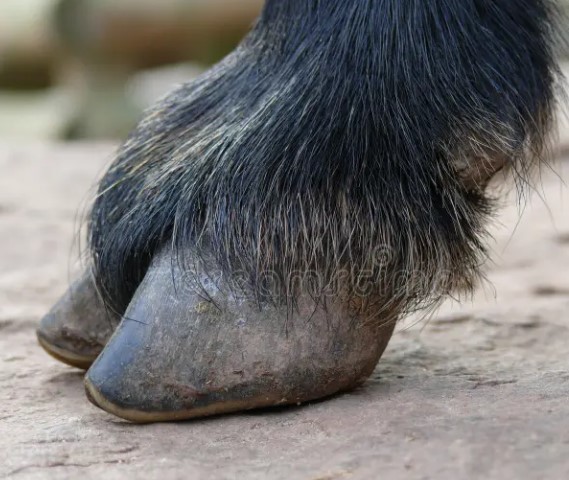antibiotics and milk

A lot of questions are still raised by the decision of the EEC Board adopted in February 2018 “On residues of veterinary medicinal products”. Find out about the challenges the industry is facing, as well as the views of market participants on amending existing standards regarding antibiotics, in The DairyNews.
As you know, today more than 70 types of antibiotics are used in animal husbandry. Technical regulation TS 021/2011 "On food safety" regulates the use of six groups of veterinary drugs in products of animal origin - levomycetin, tetracycline group, streptomycin, penicillin for Milk. In the case of Meat, poultry, eggs, fish and other products, the presence of grizin and bacitracin is checked.
Meanwhile, according to the 28th decision of the EEC Board, which entered into force in the summer of 2018, IT is entrusted to manufacturers, suppliers, as well as during production control and control by supervisory authorities, to control antibiotic residues in raw materials and products of animal origin. According to the EEC clarification, the list of the Decision does not oblige to carry out production control for the presence of all veterinary medicinal products included in it. At the same time, entrepreneurs are given the opportunity to implement a risk-based approach. This means that when purchasing raw materials, such as meat, receiving information from the supplier about the antibiotics used, the processor, if he deems it necessary, can check the products for the presence of residues of these particular antibiotics. At the same time, the document gives the right to entrepreneurs to use any research methods, which greatly simplifies their work. The players call the main problem the expensive methods described in the document.
The problem of regulations in the country is not only characteristic of the issue of determining drugs in milk. However, this topic remains relevant for the industry.
According to Yulia Eliseeva, Director of technical regulation at Danone in Russia, there are more than 30 standards for determining the residual amount of antibiotics in dairy products in the country. These standards, according to her, need to be combined into one GOST for all products. Here is how the expert argued this position:
“It is known that there are quantitative and qualitative methods for controlling the content of antibiotics in dairy products. The problem is that we do not have a unified methodology, a unified approach to qualitative methods. Each method uses its own device, each has its own sensitivity limit. As a result, we have a huge range of methods that are not comparable with each other. Maybe we should review all the methods and make one GOST? - suggested Yulia Eliseeva.
Danone's position has been criticized by representatives of the dairy industry. In particular, Elena Yurova, Head of the VNIMI technochemical control laboratory, in an interview with The DairyNews noted that each of the existing standards is a different document in its essence:
“The existing thirty-two standards for the determination of antibiotics and veterinary drugs are different documents, each of which standardizes method for determining a particular substance. There can be many more of them, and there is nothing wrong with that, everyone can use what they want, - said Elena Yurova. "The proposal to merge all the standards seems to be moving forward with the goal of not allowing standards for screening methods."
Just screening methods, according to Elena Yurova, are the most effective in determining the residual amount of drugs in dairy products. They are used in all countries of the world, including laboratories of regulatory organizations.
“ELISA or screening methods are the fastest and easiest way to detect different drugs at the same time in one sample when we don't know which drugs were used on the farm. Using enzyme immunoassay, we can detect up to 128 substances in one sample. That is why these methods are widely used all over the world,” said Elena Yurova.
The expert noted the following problems in the determination of antibiotics in dairy products:
- The introduction of antibiotics into raw milk as a form of falsification. Medicines can be added directly to milk, as well as enter the milk through the body of the animal.
- A single rationing of antibiotics in the amount of 0.01 mg/kg of the tetracycline group is not taken into account when accepting raw milk. Companies may not consider that when making products containing concentrated milk solids (cheese, cottage cheese, products produced by nanofiltration), the content of antibiotics increases with an increase in the proportion of milk.
“The product at the end may turn out with an overestimated share of antibiotics. This once again proves that the control of antibiotics and veterinary drugs needs to be improved, since according to the law, the entire production process must be transparent,” said Elena Yurova.
Tatyana Fursova, Deputy General Director for Quality at Yugovskoy Dairy Products Plant LLC, believes that all food manufacturers share the main problems in determining antibiotics in milk:
“According to regulations, we must determine both residual drugs and antibiotics, which are not even included in GOST. In addition, not all testing laboratories are accredited, not all have the appropriate equipment - which costs 2.5 million rubles, not counting consumables. This is the main problem - the state issues laws thoughtlessly, without focusing them on the production worker,” the expert emphasized.
Dmitry Yurchenko, head of the dairy division of the Kuban Agrocomplex im. N.I. Tkachev”, also expressed his concerns about antibiotics in milk. According to him, from this point of view, the period of shortage of milk on the market is the most dangerous:
“Within the company, there are never excesses on medicines; our multi-level control does not fail. In addition, it is easier for us - we have our own farm and our own milk processing, and we clearly know where which preparation is used and which milk is rejected. But from experience I can say that the period of milk shortage is most dangerous when producers supply the market with all the milk they have. This is a big problem for the industry,” said the head of production.
What to do?
According to Elena Yurova, the control of antibiotics and veterinary drugs needs to be improved through the creation of a service at the state level. It should ensure control of raw milk in terms of safety indicators, including the content of antibiotics:
“By law, the entire production process must be transparent. We need to begin to control the entire chain, as we once began to control four groups of antibiotics. Methods ceased to be applied if they knew that there was control at the time of acceptance. If these methods are introduced everywhere, the situation will improve. There are positive examples when the control of all incoming raw materials allows for full control and, accordingly, a quality product. This can be ensured by a special state service that would ensure the control of raw milk in terms of safety indicators, including the content of antibiotics, for example, as in Lithuania or in a number of EU countries (Holland, France, Germany, etc.). There are state laboratories there, whose duties include the control of all raw milk.
According to Elena Svirskaya, executive director of the Omega Balance Ecological Solutions Association for the Promotion of Healthy Nutrition, an effective way would be to introduce labeling for livestock feeding. This will ensure more accurate traceability of raw materials and drug control:
“There is nothing easier than tracking milk at the processing stage, since information about raw materials is required by law to be indicated on the label. However, no one at the feeding stage writes what got into the milk - an antibiotic or dubious food. Therefore, the marking should go from the stage of feeding, from the barn. What you feed a cow, you will get such milk. In this, we need to turn to the experience of France or Italy, where it is written on the products what the cow was fed with. Therefore, we need a standard that establishes which antibiotics farmers use in relation to animals, and excludes them in the treatment of humans,” Elena Svirskaya said.
Tatyana Fursova, Deputy General Director for Quality at Yugovskoy Dairy Products Plant LLC, also noted the shortcomings of the legislation. In particular, in her opinion, the industry lacks a specific tool base for analyzing raw materials:
“The best solution for the state in the matter of detecting antibiotics would be to form a tool base in order to carry out available instrumental methods of analysis. Also, a particularly important point - you need to reduce the cost of consumables for detection. Our device for determining drugs costs 2.5 million rubles, and we have to add more than a million rubles to them every month, which goes to consumables (each test strip costs 3,000 rubles).”
Russian legislation needs to be reformed in the definition of antibiotics. Whether this reform will be as drastic as Danone proposes is still hard to say - the rejection of all standards in favor of a single GOST is more like burning bridges. It is simply necessary to simplify access to already known methods, to simplify their use, since they have managed to prove their effectiveness in many ways.
Who should monitor medicines in milk?
Read together with it:
- Livestock exports from Russia have increased significantlyOver the past three months, Russia has significantly increased its exports of livestock and Meat products. The growth in shipments of live animals, lamb, goat meat and finished meat products is especially noticeable. The supply of food by-products has also increased. Export of poultry, pork and dair...
- Whole milk substitutes for calves and the role of a source of fat in milk replacersA recent study published in the Journal of Dairy Science summarized research into preweaning calf feeding by an international team of scientists who tested three different compositions of Milk replacer with different fat sources, writes Maurice Hanson in an article published on Bovine Vetonline. The...
- Средний чек в категории СТМ вырос на 32%Эксперты определили, что за последние четыре года доля присутствия СТМ в кошельке покупателя выросла почти в два раза — с 5,2% в 2019 году до 10,1% в 2023-м. Изменился и процент пенетрации (аудитории) СТМ : в феврале 2021 года товары собственных торговых марок покупали 97,8% россиян, а в 2023 году э...
- Some large banks in China have stopped accepting payments from RussiaSeveral more Chinese banks have stopped accepting payments in yuan from Russia, Izvestia found out. The newspaper links the situation to the risk of secondary US sanctions The largest bank in China , ICBC, as well as China Citic Bank, Industrial Bank and Bank of Taizhou, have stopped accepting payme...
- The President on the creation of a unique Belarusian breed of cows: everything should be like the ownerApril 16, Minsk . Chairman of the Presidium of the National Academy of Sciences Vladimir Gusakov spoke about the role of science in the agricultural sector, speaking at a meeting with the President on rural development and increasing the efficiency of the agricultural sector, BELTA correspondent rep...
- В Тверской области предприятия производили опасную продукциюИз них 5 предостережений объявлено юридическим лицам, являющимся производителями продукции животного происхождения и осуществляющим деятельность в Вышневолоцком, Конаковском, Бологовском районах и г. Твери. Предостережения выданы в связи с тем, что по результатам лабораторных исследований, проведенн...
- Удмуртия увеличила экспорт молочной и некоторых видов мясной продукции в 2,6 раз1,3 тыс. тонн молочной продукции, включая ультрапастеризованное и сухое обезжиренное молоко, отправили в Китай, Узбекистан, Египет, Бангладеш и Грузию с начала 2024 года. В Монголию экспортировали 120 тонн шкурок, шпика и свиных щековин. На территории Удмуртии проверили отправку 50 тонн сухой молочн...
- Kochanova visited the production shops of the Glubokoe MCCOn April 15, the Chairman of the Council of the Republic of the National Assembly, Natalya Kochanova, visited the Glubokoe Milk Canning Plant OJSC, where she got acquainted with the process of producing condensed milk and packaging products. In addition to getting acquainted with the production faci...
- "Он эти вопросы решает". Латыш о подходе в руководстве страной Лукашенко и его активностиСоломон Бернштейн.Скриншот видео Новости темы 15 апреля, Минск. В проекте "Честный рассказ" на YouTube-канале БЕЛТА латыш Соломон Бернштейн высказал мнение, какие вопросы важны для граждан в повседневной жизни, а также поделился мыслями том, какого подхода в управлении государством придерживается Пр...





























































